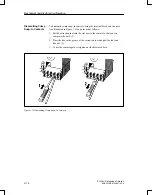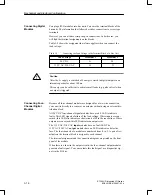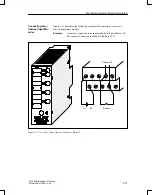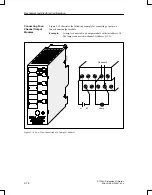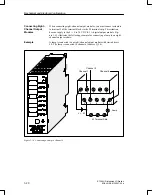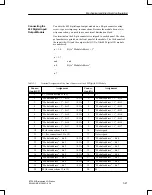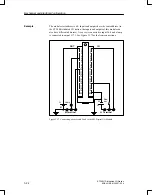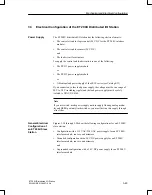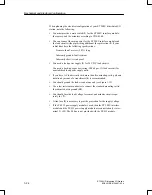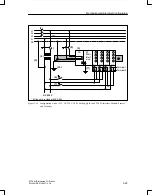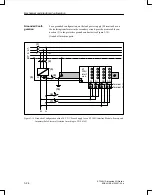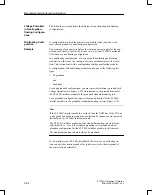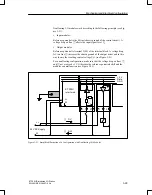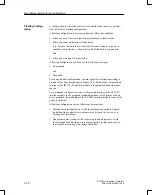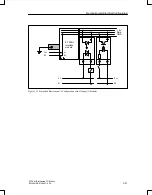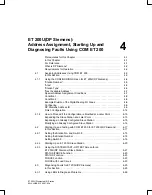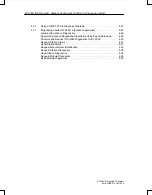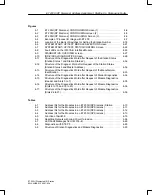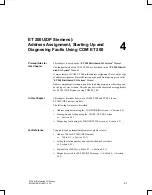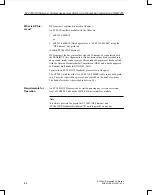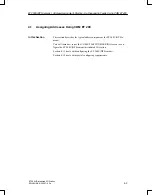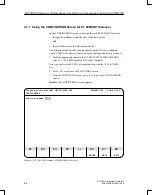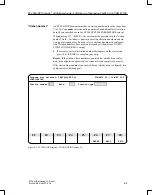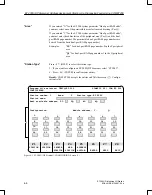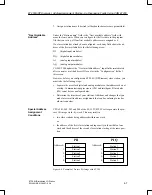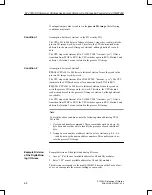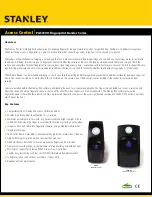
3-28
ET 200U Distributed I/O Station
EWA 4NEB 812 6087–02b
The following sections discuss the differences in nonfloating and floating
configurations.
A configuration in which the control circuit and the load circuit have the
same chassis ground is a nonfloating configuration.
You are using a load power supply as the common power supply for the con-
trol and load circuits. In this way, you have set up your ET 200U distributed
I/O station as a nonfloating configuration.
In a nonfloating configuration, you can use both nonfloating and floating
modules. In either case, the common reference potential removes the isola-
tion. This section deals with a configuration that has nonfloating modules.
A configuration with nonfloating modules can be one of the following two
types:
Ungrounded
and
Grounded
For an ungrounded configuration, you must provide isolation to ground with
voltage limitation (see Figure 3-20). Do not connect the ground terminal of
the ET 200U interface module to the grounded standard mounting rail.
For a grounded configuration, connect the ground terminal of the Et 200U
interface module to the grounded standard mounting rail (see Figure 3-19).
Note
If the ET 200U interface module is earthed, then the GND line of the I/O bus
is also grounded, because ground connection and M connection are jumpered
internally on the ET 200U interface module.
The ET 200U interface module and the standard mounting rail are galvani-
cally isolated; i.e. even if the standard mounting rail is grounded, an un-
grounded configuration for the ET 200U interface module is still ensured.
The standard mounting rail must always be grounded.
If you configure your ET 200U distributed I/O station as a nonfloating sta-
tion, connect the chassis ground of the load circuit to the chassis ground of
the control circuit externally.
Voltage Potentials
in Floating/Non-
floating Configura-
tions
Nonfloating Confi-
guration
Example
Mechanical and Electrical Configuration

